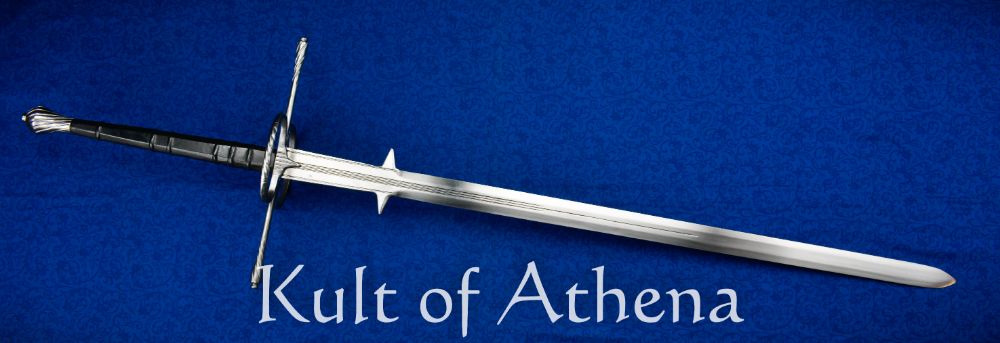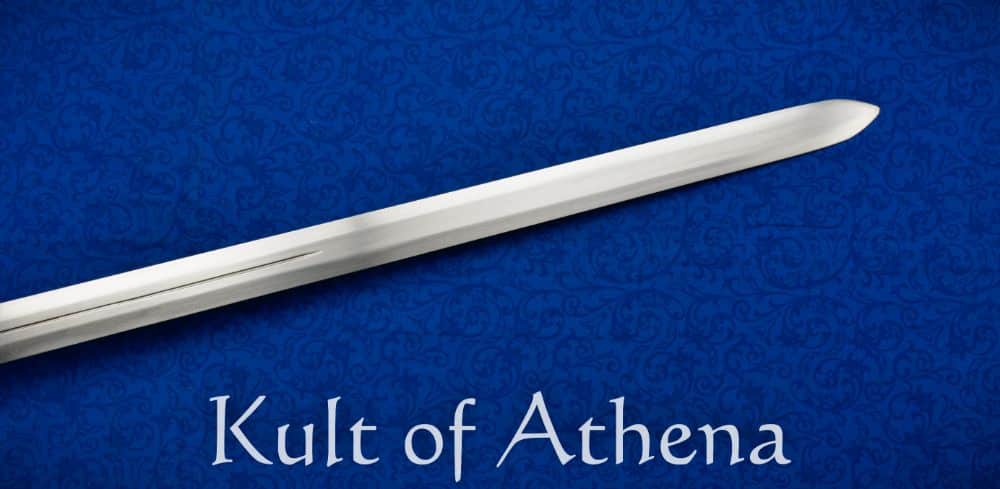The Two-Handed Sword is often thought to be a medieval death instrument relegated to a more brutal age and it was to be superseded by more gentlemanly weapons in a more civilized time. Patently untrue, Two-Handed Swords saw their greatest use in the Renaissance. Many Renaissance fighting masters taught the Two-Handed Sword as a battlefield weapon of weight, able to use its mass not only to deal devastating damage, but also to use its size as a defence. These swords would develop progressively longer crossguards, a guarded ricasso and hilt rings, all designed to deflect and entrap the foes weapons. With its durability and mass, the Great Sword could withstand the shock of dealing with any battlefield weapon. The Masters of the these swords innovated surprisingly complex fencing techniques for two handed swords, proving them to be a weapon of finesse beyond raw brutality with a technique focused on footwork, entrapment and counter attack.
This Venetian example is a true-two handed sword. Massive in size, swords of this scope were often used to break apart tightly-knit pike formations – brave souls would wade between the forest of pikes and knock their long-hafted weapons aside with strong, broad sweeping strokes to create a break for other infantry or another pike formation to take advantage of
Crafted by Del Tin of Italy, the unsharpened blade has been ground from Chrome-Vanadium steel and tempered to a Rockwell Hardness of 50. The grip is covered with form-fitting black leather and the hilt fittings are of cast steel. The sword comes unassembled, requiring the crossguard, grip and pommel to be fitted over the swords tang and held into place with a pommel nut tightly screwed over the tang end.








Mere M. –
Love it! Fantastic sword, great quality. Love the finish of the blade and the balance/handling. Great as both: a showcase piece on the wall and for solo practices.